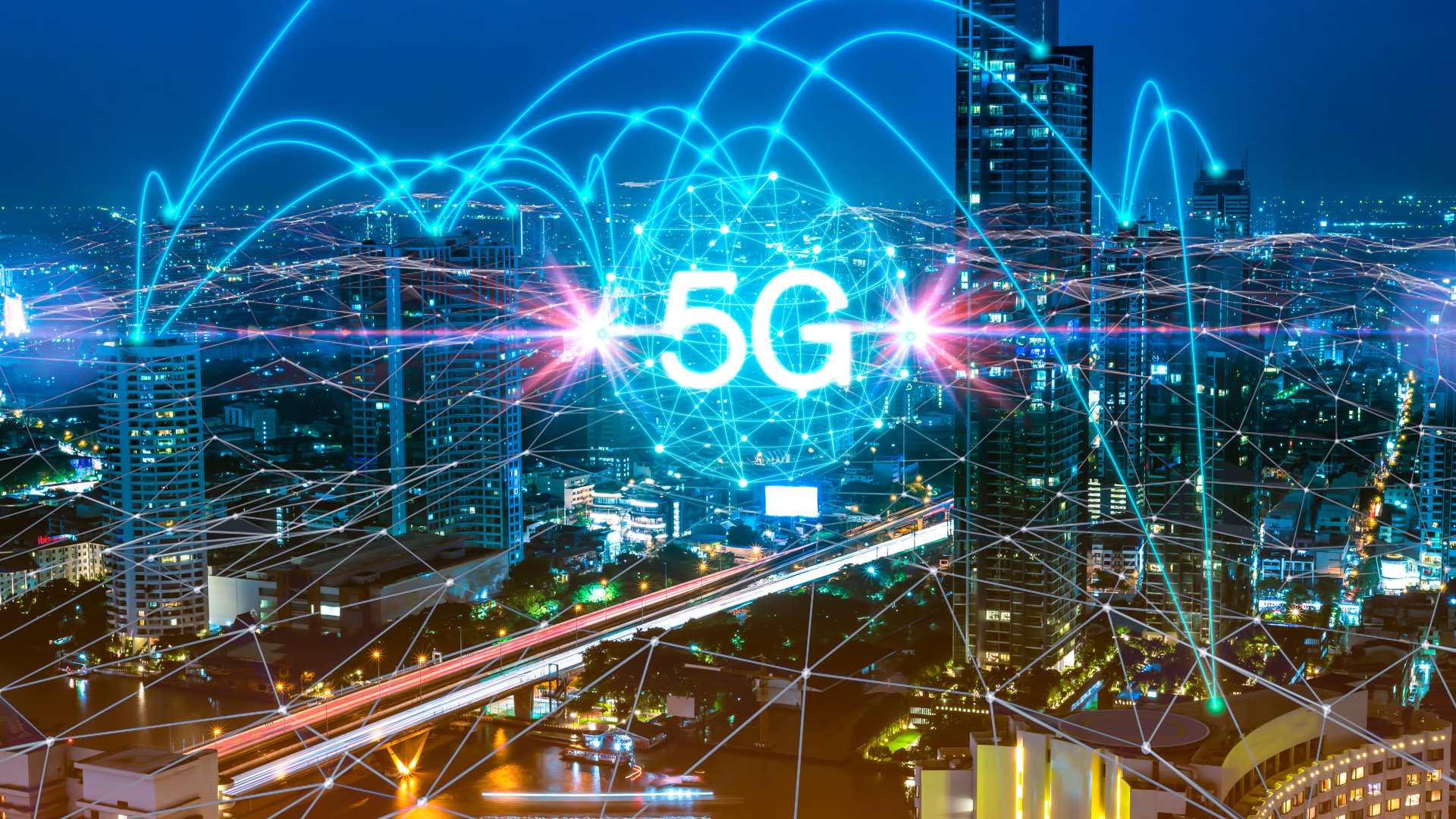

-
LTE (4G)
- LTE to 5G NR NSA migration workshop
- LTE (4G) RAN Design & Dimensioning
- LTE (4G) RAN Protocols & Signaling Procedures
- LTE (4G) Dynamic Spectrum Sharing (DSS)
- Voice over LTE (VoLTE) RAN Design & Optimization
- MIMO technology for LTE (4G)
- Voice over LTE (VoLTE) RAN Planning
- Voice over LTE (VoLTE) Signaling Analysis
- LTE (4G)-Advanced workshop
- Introduction to LTE (4G) MIMO
- Voice over LTE (VoLTE)
- LTE (4G) RAN Signaling Analysis
- LTE (4G) RAN Network Optimization
- LTE (4G) RAN Planning
- LTE (4G) TDD Technology Overview
- LTE (4G) RAN Air Interface
- LTE (4G) Overview
-
5G
- 5G RAN NR over Satellite
- 5G RAN SA Planning, Design & Dimensioning
- 5G RAN NSA Planning, Design & Dimensioning
- 5G RAN ΝSA Optimization
- Massive MIMO technology for 5G
- 5G RAN Protocols & Signaling Procedures
- 5G NR NSA to SA migration workshop
- 5G NR Dynamic Spectrum Sharing (DSS)
- 5G RAN ΝSA Signaling Analysis
- 5G RAN NSA Planning
- 5G RAN SA Signaling Analysis
- 5G RAN SA Optimization
- 5G RAN SA Planning
- 5G RAN NR Air Interface
- 5G Overview
- 5GC Overview
- Voice over 5G (Vo5G)
- 5GC Signaling
- 6G
- Fixed Wireless Access Technology (FWA)
- Backhaul & Fronthaul Transmission Planning
- NB-IoT
- AI - Artificial Intelligence
- Course Flows



